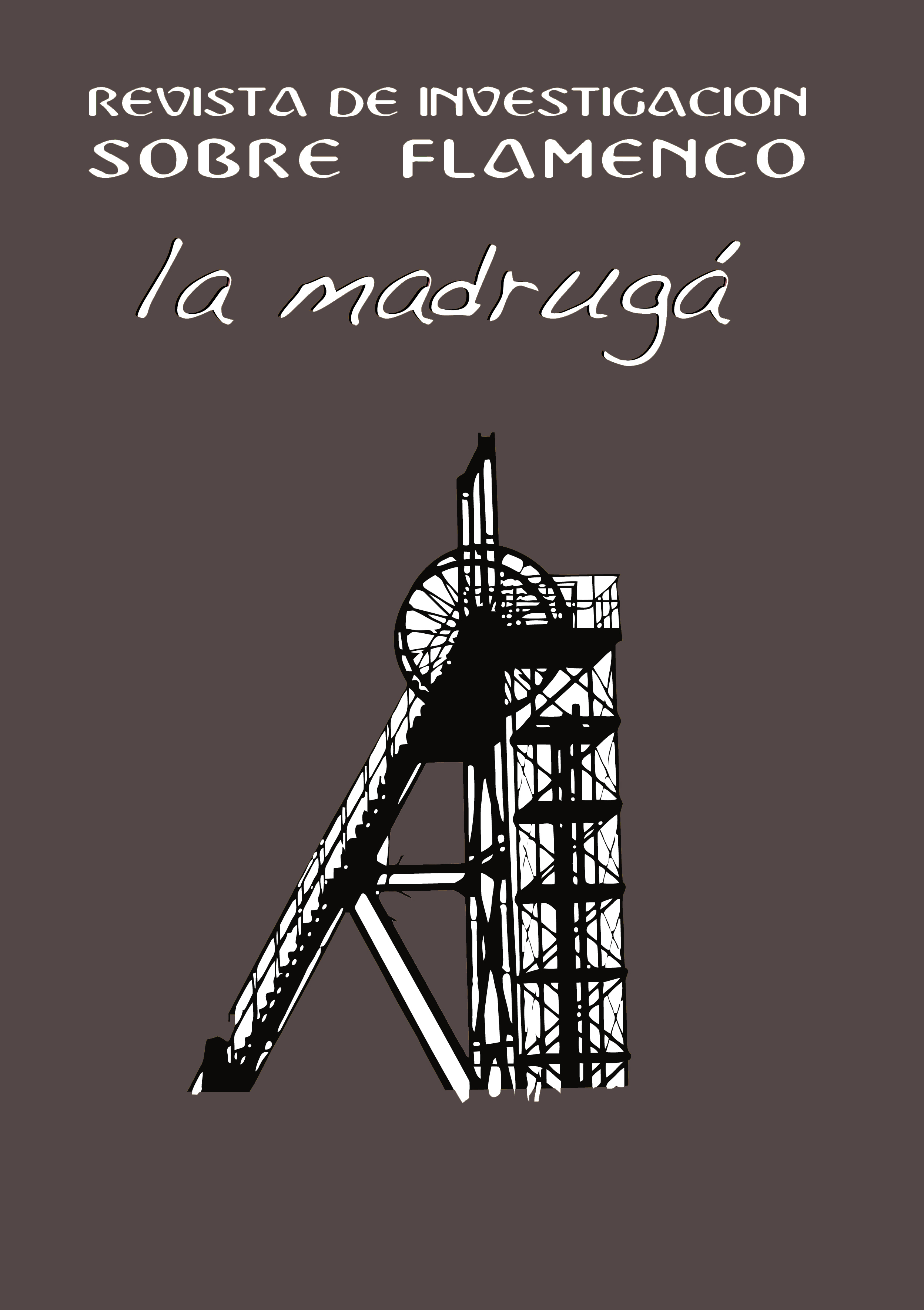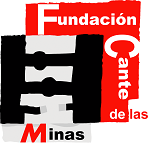The flamenco cantaores of Cartagena in the Spanish silent cinema
Abstract
The study of silent films is a path that is full of interesting proposals because it leads to a film universe little explored. There is much to study and discover, being a type of cinema almost unknown today, left out and too times, despised. On the other hand, the cultivators of the popular song institute the bases and later, they revalue the native Spanish musical rhythms, isolating them of political or satirical contents and dying them of dramaturgy from a more current perspective, with a growing interest in feeding this type of compositions and to prepare shows. Thus, flamenco is the music preponderant in Spanish popular culture and in the cinema it presents its specific forms, in which it has been maintained for more than two centuries. Cartagena takes part in the silent film of the hand of its best known and prestigious cantaores.Downloads
-
Abstract403
-
pdf (Español (España))348
References
ÁLVAREZ, A. (1981). Historia del cante flamenco. Editorial: Madrid. Alianza.
BALTANÁS, E. (1998). Antonio Machado y Álvarez. Cante flamenco y cantares. Madrid: Austral.
BLAS VEGA, J; RÍOS RUIZ, M. (1988). Diccionario Enciclopédico Ilustrado del Flamenco. Madrid: Ediciones Cinterco.
BRENAN, Gerald (1995). La copla popular española. Ediciones Miramar. Málaga.
FERNÁNDEZ RIQUELME, P. (2008). Los orígenes del Cante de las Minas. Murcia: Infides Ediciones Didácticas.
GARCÍA MATOS, M. (1987). Sobre el flamenco. Madrid: Editorial Cinterco.
GRANDE, F. (1979). Memoria del flamenco. Tomo I: Raíces y prehistoria del cante. Madrid: Editorial Espasa-Calpe.
LAFUENTE Y ALCÁNTARA, E. (1865). Cancionero popular. Tomo I. Carlos Madrid: Bailly-Bailliere.
LAFUENTE, R. (1955/ 2005). Los gitanos, el flamenco y los flamencos. Sevilla: Signatura Ediciones.
LEÓN, R. (2004). Entre el gozo y la pena. Sevilla: Ed. Renacimiento.
MACHADO Y ÁLVAREZ, A. (1975). Colección de cantes flamencos recogidos y anotados por Antonio Machado y Álvarez “Demófilo”. Madrid: Ediciones Demófilo.
MÉNDEZ-LEITE, F. (1934). El cinema y sus misterios. Madrid: Ed. Baill-Bailliere.
MÉNDEZ-LEITE, F. (1965). Historia del cine español. Madrid: Ed. Rialp.
MÉNDEZ-LEITE, F. (1975). Historia del cine español en 100 películas. Madrid: Ed. Jupey-Guía del Ocio.
MÉNDEZ-LEITE, F. (1984). El cine, su técnica y su historia. Barcelona: Ramón Sopena.
PINEDA NOVO, D. (1991). Las folklóricas y el cine. Huelva: Festival de Cine Iberoamericano de Huelva.
ROMÁN, I. (2006). Crónicas de la copla. Madrid: Fundación Autor.
SALA NOGUER, R. (1990). El cine en la España republicana durante la Guerra Civil (1936-1939). Bilbao: Ediciones Mensajero.
STEINGRESS, G. (1998). Sobre flamenco y flamencología. Sevilla: Signatura Ediciones.
VV. AA. (1963). La canción andaluza III. Jerez de la Frontera: Publicaciones del Centro de Estudios Históricos Jerezanos.
ZOIDO NARANJO, A. (1999). La prisión general de los gitanos y los orígenes de lo flamenco. Sevilla: Portada Editorial.
Las obras que se publican en esta revista están sujetas a los siguientes términos:
1. El Servicio de Publicaciones de la Universidad de Murcia (la editorial) conserva los derechos patrimoniales (copyright) de las obras publicadas, y favorece y permite la reutilización de las mismas bajo la licencia de uso indicada en el punto 2.
2. Las obras se publican en la edición electrónica de la revista bajo una licencia Creative Commons Reconocimiento-NoComercial-SinObraDerivada 3.0 España (texto legal). Se pueden copiar, usar, difundir, transmitir y exponer públicamente, siempre que: i) se cite la autoría y la fuente original de su publicación (revista, editorial y URL de la obra); ii) no se usen para fines comerciales; iii) se mencione la existencia y especificaciones de esta licencia de uso.
3. Condiciones de auto-archivo. Se permite y se anima a los autores a difundir electrónicamente las versiones pre-print (versión antes de ser evaluada) y/o post-print (versión evaluada y aceptada para su publicación) de sus obras antes de su publicación, ya que favorece su circulación y difusión más temprana y con ello un posible aumento en su citación y alcance entre la comunidad académica. Color RoMEO: verde.









